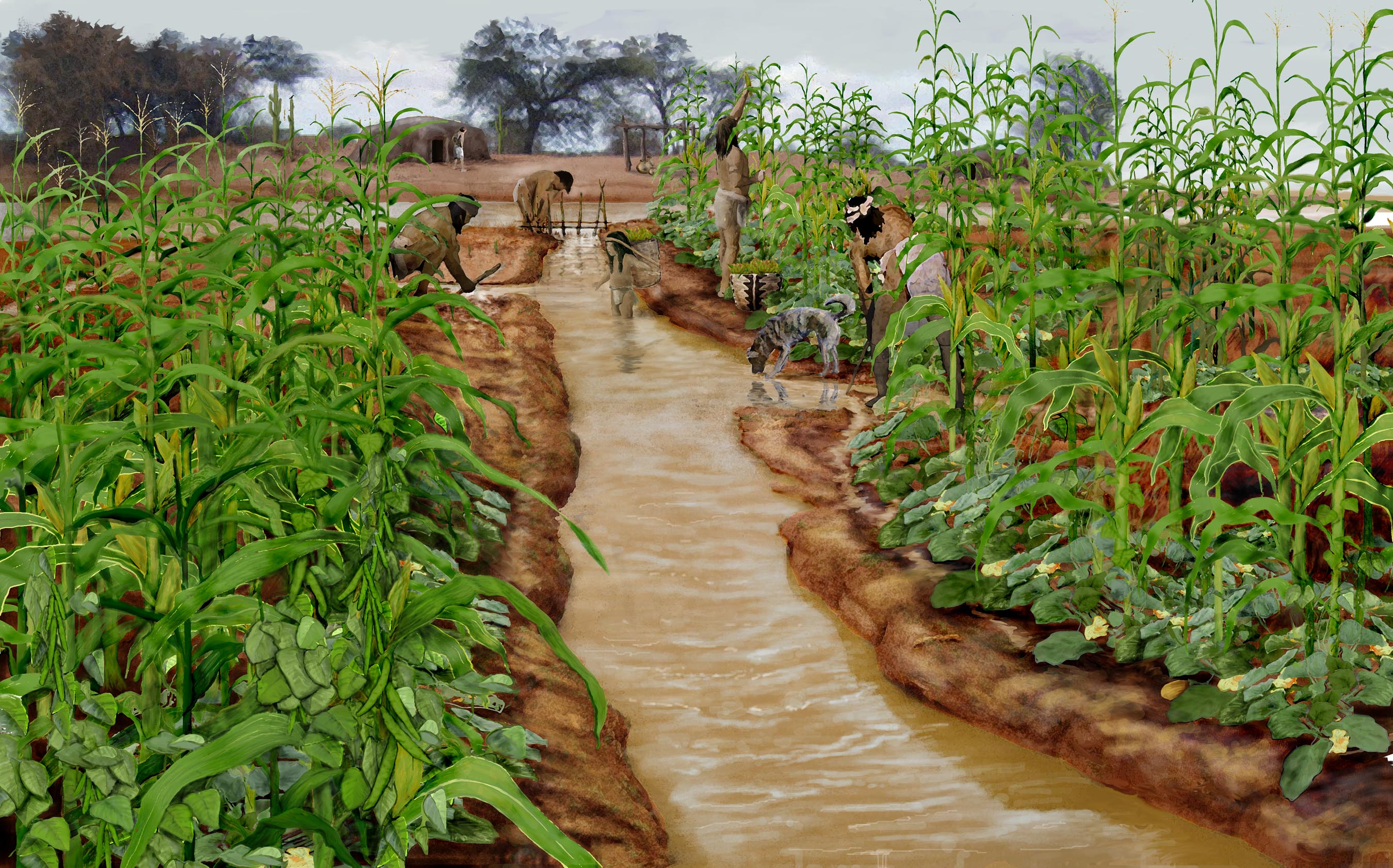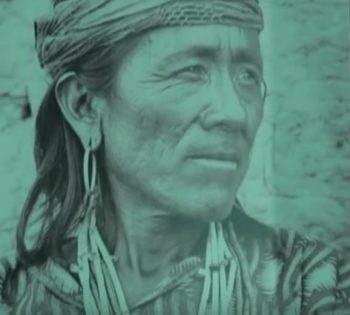

This land base was known as the Papagueria and it had been home to the O’odham for thousands of years.įrom the early 18th Century through to the present, the O’odham land was occupied by foreign governments. Historically, the O’odham inhabited an enormous area of land in the southwest, extending South to Sonora, Mexico, north to Central Arizona (just north of Phoenix, Arizona), west to the Gulf of California, and east to the San Pedro River. Department of Information and Technology.John Beierle 2009Ĭoverage Date: The date or dates that the information in the document pertains to (often not the same as the field date). The second part is a ranking done by HRAF anthropologists based on the strength of the source material on a scale of 1 to 5, as follows: 1 - poor 2 - fair 3 - good, useful data, but not uniformly excellent 4 - excellent secondary data 5 - excellent primary data Archaeologists-4, 5Īnalyst: The HRAF anthropologist who subject indexed the document and prepared other materials for the eHRAF culture/tradition collection. Ethnographer, Missionary, Archaeologist, Folklorist, Linguist, Indigene, and so on. 169-175)įield Date: The date the researcher conducted the fieldwork or archival research that produced the document no dateĮvaluation: In this alphanumeric code, the first part designates the type of person writing the document, e.g. Note: Includes bibliographical references (p. Language: Language that the document is written in English The first part is the OWC identifier and the second part is the document number in three digits.nt76-138ĭocument Type: May include journal articles, essays, collections of essays, monographs or chapters/parts of monographs. Although much of the data presented here are strongly theoretical in nature, the author does provide information on demography, and the various levels of Hohokam organization.ĭocument Number: HRAF's in-house numbering system derived from the processing order of documents 138ĭocument ID: HRAF's unique document identifier. Subjects: Document-level OCM identifiers given by the anthropology subject indexers at HRAF Theoretical orientation in research and its results (121) Settlement patterns (361) Structures (340) Sociocultural trends (178) Household (592) Community structure (621) Water supply (312) Ībstract: Brief abstract written by HRAF anthropologists who have done the subject indexing for the document Hohokam social and political organization is the primary focus of this article examined in large part by analogy to the comparable organizations among the Pima and Papago ethnic populations that succeeded the Hohokam in the region. Computer FileĬulture: Culture name from the Outline of World Cultures (OWC) with the alphanumberic OWC identifier in parenthesis.

HRAF Publication Information: New Haven, Conn.: 151-175 p.īy line: Author's name as appearing in the actual publicationPaul R. GumermanĪlbuquerque: University of New Mexico Press. GumermanĮxploring the Hohokam : prehistoric desert peoples of the American Southwest, edited by George J. Published in: if part or section of a book or monographExploring the Hohokam : prehistoric desert peoples of the American Southwest, edited by George J. Title: Hohokam political and social organization Publication Information The main body of the Publication Information page contains all the metadata that HRAF holds for that document.Īuthor: Author's name as listed in Library of Congress records Fish, Paul R.


 0 kommentar(er)
0 kommentar(er)
